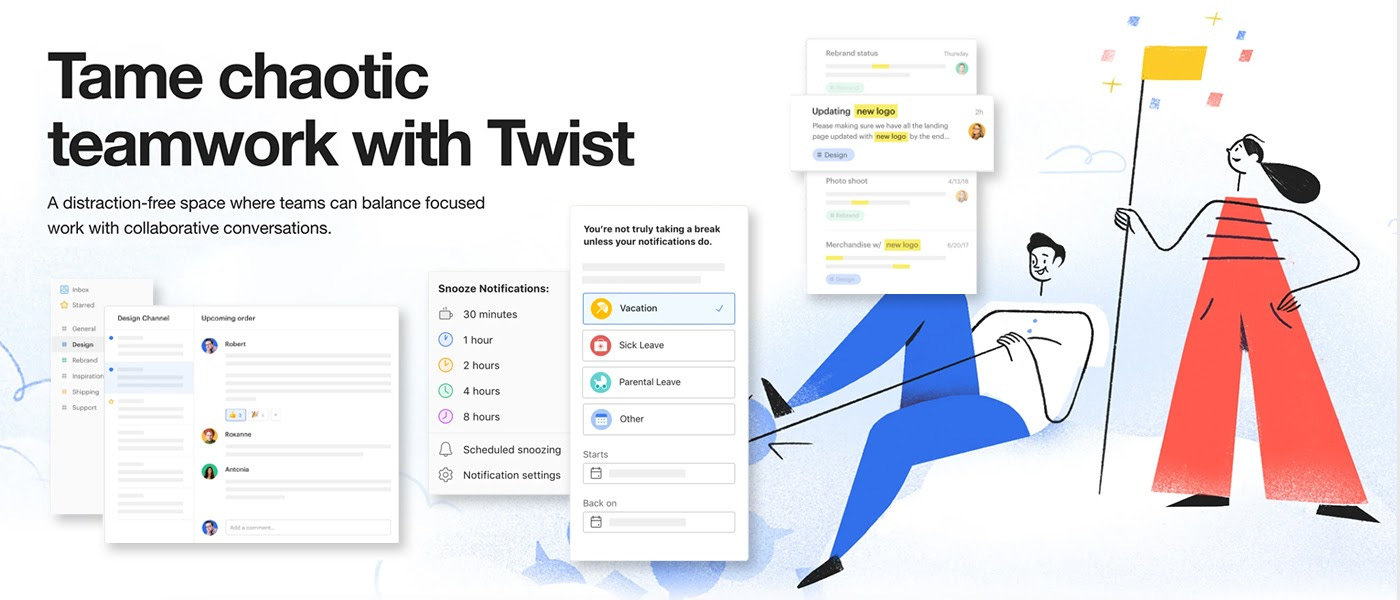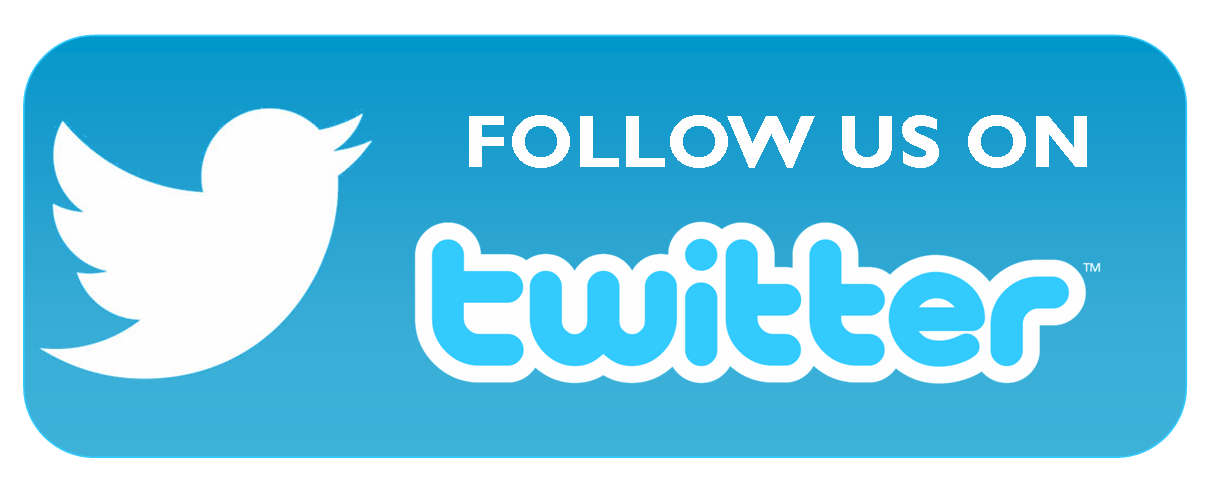Meditation & productivity go together like PB&J. See why scientists think so.
Plus, the new collaborative app from Doist.
Welcome to another edition of ProductiveGrowth 🌱, biweekly stories about productivity, leadership, motivation, and anything else that allows us to work less and achieve more.
First time reading? Sign up here.
TODAY’S READS:
Can meditating make you more productive? Scientists think so.
What is deep work and is it worth the hype?
The new must-have wave of iPad productivity apps.
Focus: James Clear’s ultimate guide on how to improve focus and concentration.
The key to performing at your best.
Can meditating make you more productive? Scientists think so.
I know you’ve probably thought about starting a meditation practice, but maybe something has stopped you. Could it be the expectation that it’s harder than it seems? The “I don’t have time” excuse? Or is it the thought that you need to be extremely spiritual to do it right?
I get it. I’ve said those things to myself a lot. But the truth is, meditation has been scientifically proven to modify your brain and prepare your mind to tackle any task.
Many tools help you be productive. Apps that help manage time, projects, or tasks seem to be necessary to achieve higher levels of productivity.
However, those things will never be enough if your mind is not at ease or in a productivity mindset. That’s where meditation can help out.
Headspace, a well-known meditation company, explains, “If we wish to be more productive in every area of our life — at work and at home — then we need to train the mind to be good at applying a sustained effort … and that’s where meditation for productivity comes in.”
In a 2005 study conducted by researchers at Harvard, Yale and MIT, a theory was put to the test. The researchers thought they would be able to find differences in the thickness of the cerebral cortex in experienced Buddhist insight meditation users vs. non-users, using magnetic resonance imaging.
The cerebral cortex is the part of the brain responsible for perception, bodily awareness, attention, memory, language, and consciousness.
Insight meditation, also called Vipassanā, fosters mindful attention and mental capacity. Instead of using mantras, it’s a “nonjudgmental awareness of present-moment stimuli without cognitive elaboration,” explained the researchers.
Those researchers got an initial result by reviewing the participant’s MRIs and concluded that there was a statistical difference in the distribution of the thickness between the groups.
The researchers also evaluated other options to validate the theory, like studying breathing patterns. All proved meditation increases cortical thickness.
That’s not the only report that explains how the brain structure changes with and during meditation. This 2014 meta-analysis, discovered eight different cerebral regions that were altered in meditators. Those regions also include body awareness, memory and emotional regulation.
Memory, attention, and consciousness are key factors to productivity, which means meditation can modify your brain for this practice.
In fact, there’s a meditation app called Muse. It comes with a headband that tracks your brainwaves while meditating. “When all these neurons are activated they produce electrical pulses – visualize a wave rippling through the crowd at a sports arena – this synchronized electrical activity results in a ‘brainwave’,” Muse's blog explains.
Muse divides your brainwaves into 5 categories as it tracks them. They are then identified by their amplitude and frequencies. Depending on the type of work your brain is doing, these waves change. In fact, mentioned in the previous report by Muse, “expert meditators not only have different resting-state brainwaves from non-meditators – but they also seem able to control their brainwaves through voluntary thought control with greater ease than others.”
This means meditators could shift their brainwaves and prepare for different types of work. For example, shifting from Beta waves (state of alert, thinking, and excitement) to Theta waves (creativity, insights, deep meditation) is possible with meditation.
While chatting with Headspace, Cal Newport, author of “Deep Work: Rules for Focused Success in a Distracted World, explained this idea in terms of productivity , “High-quality work is a function of two things: the amount of time you spend on the work and the intensity of your focus during this time. If you increase your focus, you’ll get more done in less time.”
Preparing your brain for the work you’re about to do, helps you be more efficient in the way you do it.
Different meditation techniques to improve your productivity.
You already know why meditation is scientifically good for your brain. But what are some techniques that can help you improve your focus and productivity?
Mindfulness. You’ve probably heard about this one. In fact, you might have attended a training about it at your company as part of work-life balance activities. (It became pretty popular a few years ago.)
Mindfulness is more than meditation. It is a practice that fosters being fully present and aware of the current moment. It’s about eliminating distractions from your brain and focusing on one thing at a time.
Studies from the University of California and a 2018 study published in Brain Imaging and Behavior, explain how training in this technique might help improve your working memory. “In these studies,” summarizes Zapier, “mindfulness both ‘reduced mind-wandering’ and cut down on proactive interference, which is when things you've previously learned impede your ability to learn and recall new things.”
Mindful work is a state of mind achieved through conscious practice while meditation is just one exercise that may help you become more mindful. In fact, most meditations are a mindful act by themselves, as they require you to focus on the present moment and let go of distractions as soon as you notice them.
In the end, without the spiritual factor, Mindfulness is proof that working consciously on one thing at a time boosts your productivity while multitasking leads to less efficient work and exhaustion.
Vipassana. This is a meditation technique based on Buddhist principles and fosters self-purification processes by introspection (looking inside for answers). It asks practitioners to place all of their attention on their breathing.
According to Amirsan Roberto from Hackernoon, “Vipassana teaches how to penetrate the deepest levels of the unconscious mind and learn or be guided on how to eradicate the complexities there.”
Amirsan went on a 10-day silent Vipassana retreat without any knowledge of this technique and shared, “I didn't have to do things because I had to; I did them because I wanted to and because I wanted to stop doing 10 things at once. I could give my full attention to my priority task with a lot more ease.”
Because this technique helps you feel at ease with yourself and your responsibilities, (and as mentioned in past ProductiveGrowth issues), the way you feel about something can make you more or less productive.
Productive Meditation. This is not the typical meditation where you need to let go of your thoughts. You don’t even need to be sitting down with your legs crossed and eyes closed to meditate.
Cal Newport shared in his book Deep-Work: “The goal of productive meditation is to take a period in which you’re occupied physically but not mentally — walking, jogging, driving, or showering — and focus your attention on a single well-defined professional problem. Depending on your profession this problem might be outlining an article, writing a talk, making progress on a proof, or attempting to sharpen a business strategy. As in mindfulness meditation, you must continue to bring your attention back to the problem at hand when it wanders or stalls.”
This disruptive meditation technique asks you to focus only on the task at hand and, if you’re lucky, allows you to enter a flow state.
Try meditating for productivity with audios from Headspace, here.
Some apps I tested, and what I liked about them.
I’ve meditated in the past. A few years ago, I attended some unique guided meditations that were led in a completely darkened room. I put my body and mind through those weird experiences, and I managed to understand that we could, in fact, reach different levels of consciousness. But I never internalized it. To me, it was a cool experience that I tried every other month to help me relax.
Other than that, I would never take time to even breathe in silence.
A few months ago I started doing yoga. If you’ve ever been to a yoga class, you know there’s often a short meditation or relaxation period at the beginning or end of the class. After the first few classes, I started craving that moment in my daily life.
I doubled the classes and started testing different meditation apps. It was hard to meditate at the beginning. In my case, my mind never stopped thinking, and I used to get caught in the infinite loop of telling my mind to shut up instead of focusing on my breathing.
Last month I read Siddhartha by Herman Hesse. The book shares the journey of a man, Siddhartha, and his search for his spiritual self.
Hesse ended up helping me to improve my meditation game. In the book, Siddhartha explains that after meeting the Buddha, he realized he could space out his breaths, a technique that enabled him to meditate for longer periods of time.
I realized that if I spaced out my breaths - in healthy amounts- my thoughts would take longer to interrupt me. I learned other tricks like imagining you’re watching your thoughts from afar or counting your breaths in some apps I tested. Here’s what I tried:
Meditopia. It was easy to use and follow. On iOS, it blocks the top of the screen where you can see your battery life, time, and notifications to encourage you to only focus on listening to the sound. What you may not like about this app is that the meditations are mostly guided and the narrator never stops talking.
Calm. Everything on this app is well thought-out and planned to feel soothing to the eye and mind. In fact, once you open the app there’s relaxing background music that helps you get in the mood. The learning site and the bedtime stories caught my eye. As opposed to Meditopia, some audios have long periods of silence meant for you to keep meditating by yourself.
Headspace. This app made me happy just by opening it. The designs are vibrant, and it can make you feel different about meditation. It helps you understand that meditation does not necessarily mean lighting up incense and listening to relaxing music. I loved the playlists (especially the one from Hans Zimmer), and the dance and yoga classes.
Here’s a list of apps other friends have recommend:
Omvana, Happify, Coach.me, Down Dog, Insight Timer, and Muse.
In the end, you can never go wrong with taking a few minutes to reflect on yourself.
Which meditation technique/app do you recommend?
Best,
Camila.
Edited by: Lauren Maslen.
EDITOR’S PICKS
What is deep work and is it worth the hype?- Ever since Cal Newport wrote his book “Deep Work: Rules for Focused Success in a Distracted World,” deep work has become a commonplace word. This article explains what it means and provides a PDF guide for decoding deep work.
New wave of iPad productivity apps you must have- This article contains a list of applications that run flawlessly on iPads and will help you boost your productivity levels. I’m particularly interested in trying Dark Noise.
Focus: The Ultimate Guide on How to Improve Focus and Concentration- James Clear lives up to his name and can make every concept crystal clear. This article is no exception. In this article, he explains what focus is and goes through all the concepts related to it.
The Key to Performing at Your Best- In this blog post, Michael Hyatt explains why putting yourself first and investing time in your own growth is the key to performing at your best. Read the two tips he gives in this article.
DISCOVER:
If you’re a ToDoist fan, then you’ll probably enjoy using the company’s new Slack alternative, Twist. It’s a collaborative app for document sharing and messaging. Twist promotes asynchronous communication, and the design can help you declutter your internal messaging apps. Read the full review here.
SCROLLING THROUGH

Loving your job is great, but it’s also okay if your job is just that — a job. Many of us have been taught to center our lives around work, and we end up living to work. However, that doesn’t need to be true. You can work on something you find interesting and have side projects fueled by your passions, even if they’re not making you rich yet.
IN CASE YOU MISSED IT
Unbounded learning: how to unshackle your education.- “Bound learning” is a typical education that follows a curriculum. Unbound learning, on the other hand, is all about expanding the limits of learning. In this article, Anne-Laure Le Cunff from Ness Labs, explains how to unbound your education.
My favorite templates for managers- Google probably has everything you’ve ever imagined. The problem is, it can be overcrowded and hard to find all the things you need. This issue compiles the very best templates for managers we could find online.
To-do lists are useless. Here's why.- To-do lists are a tricky planning tool. Creating a daily list without thinking long-term can be extremely dangerous and can foster procrastination or missed deadlines. Read three planning alternatives in this issue.
JOIN OUR CLUBHOUSE OFFICE HOURS
On Tuesday, May, 18th at 7:30 am PST/9:30 CT/10:30 EST, hop into our ClubHouse room to discuss the topics shared in this issue.
Find us here: https://www.joinclubhouse.com/club/productivity-business
FOOD CURIOSITIES & ADVENTURES
What is this sticky thing? — In the last issue, we explored arequipe, a traditional caramel-like dessert from Colombia and Venezuela. Which leads me to wonder: what is the difference between arequipe, caramel, butterscotch and the little-known Mexican cajeta?
granulated sugar —> caramel
brown sugar + butter —> butterscotch
cow milk + sugar + baking soda —> dulce de leche/arequipe
goat milk + sugar + baking soda —> cajeta
Be adventurous — try making these at home, and let us know which you like the best.
What did you think of this issue? 🤔
Amazing 🙌 • Good 👏 •Meh 👌 •Bad 😴
See you next issue,
Steve 👋
SUPPORT, CONTRIBUTE or SPONSOR
If you liked this issue buy us a coffee to support our work.
Ask a question, Write a guest post, share your story, or recommend an article: reply to this email or submit it here
Sponsor a post or social media by getting your media kit: here
If you’re finding this newsletter valuable, consider sharing 📨 it with friends, or subscribing if you haven’t already.










Love it!